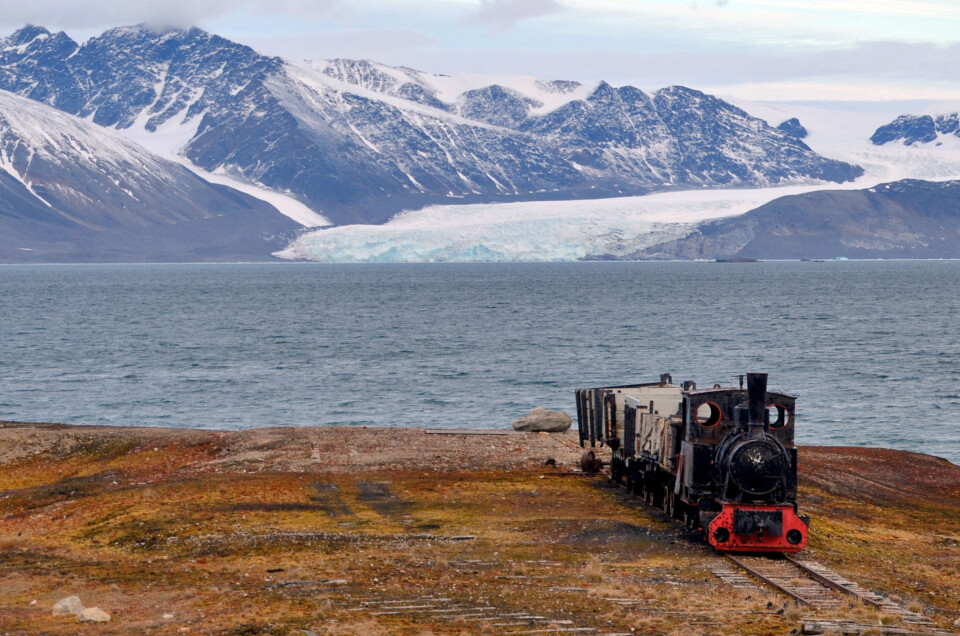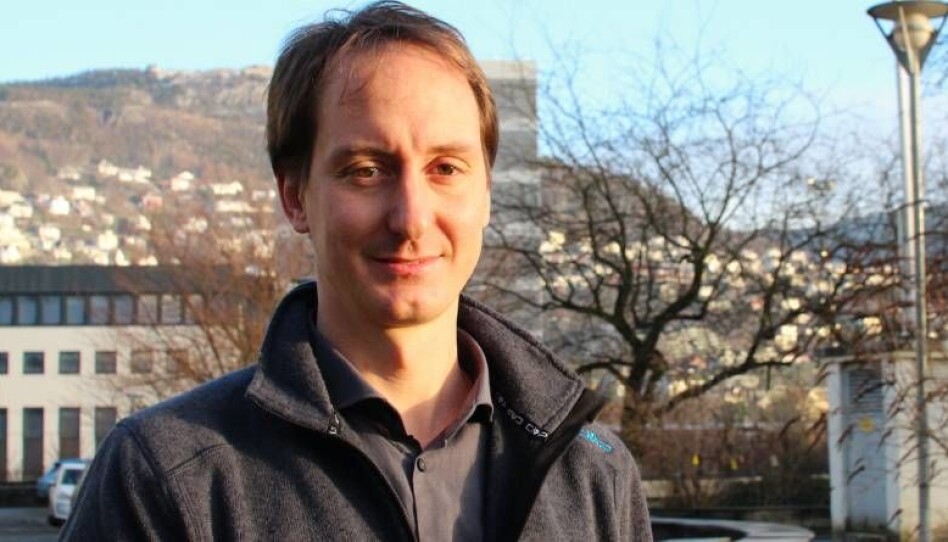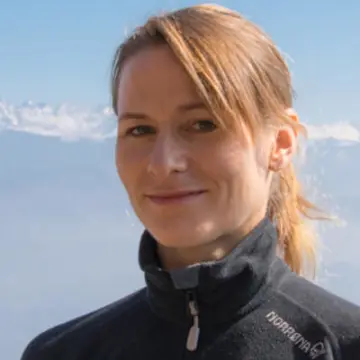This article was produced and financed by the University of Bergen - read more

Spontaneous cooling triggered Arctic glacier growth
The natural climate system has mechanisms that can abruptly trigger change. New research suggests that spontaneous cooling may have caused Arctic glaciers to grow long before the Little Ice Age, without external forcing.
It is difficult to imagine today, but a few hundred years ago, glaciers advanced throughout Europe as climate severely cooled. This is the so-called Little Ice Age, and it is blamed on volcanic eruptions and solar minima in the 13th century AD (Anno Domini).
This view is, however, difficult to reconcile with recent evidence that Arctic glaciers started to grow much earlier. A new study from the Bjerknes Centre for Climate Research in Bergen, Norway, suggests that this surprising regional response might have been triggered by spontaneous climate changes.
Arctic glaciers grew ahead of those in Europe by centuries
The study, recently published in the journal Quaternary Science Reviews, challenges the idea that climate variability always requires external forcing mechanisms.
“For some time now, climate models have simulated abrupt changes that develop spontaneously", says co-author and physicist Andreas Born. But often, these experiments are seen as the ugly ducklings of climate modelling". Not this time, as a simulation, carried out by the Irish Meteorological Service in 2012, appears to describe an actual chain of events that started around 700 AD.

"I have looked into prehistoric glacier change in the Arctic for some years now, and wondered why Little Ice Age advances here preceded those in Europe by centuries", says lead author and geologist Willem van der Bilt.

On the face of it, climate should not be sensitive to major disruptions during this period as important triggers of natural climate change like volcanism and solar radiation varied little. Indeed, because of this perceived stability, climate scientists sometimes call the interval between 700-1000 AD the Medieval Quiet Period.
"Compiling ever more records that showed the same trend did not bring me closer to an explanation", van der Bilt sighs. "Thankfully, some of my colleagues forced me out of my scientific comfort zone by talking to modelers to explain the patterns in these data".
Combining modelling and empirical approaches
By comparing geological evidence to model output, Born and van der Bilt became convinced that the early onset of Little Ice Age Arctic glacier growth could be explained by an abrupt phase of spontaneous cooling.
"What we mean is that these changes did not require external mechanisms, but happened as a result of chance", van der Bilt explains.
"In this particular case, atmospheric changes east of Greenland triggered rapid sea-ice growth", Born adds.
Sea-ice plays an important role in cooling Arctic climate by reflecting sunlight and trapping ocean heat. As such, sea-ice growth can lead to colder conditions, which may intensify sea-ice growth and so on. This chain of reinforcing events, known as a feedback loop, transformed a small patch of abnormal weather conditions into a pan-North Atlantic phase of glacier and sea-ice growth.
"Things escalated quickly: within a couple of decades, cooling extended all the way from Greenland to Svalbard", van der Bilt says.
This characteristic pattern of change is captured by geological data as well as model output, as demonstrated by a statistical analysis carried out by PhD candidate and co-author Kristian Haaga.
Using models to understand patterns in data
Reflecting on the impact of their contribution, van der Bilt and Born argue that their work underscores why climate scientists should combine modelling and empirical approaches.
"Simulations represent possible pathways of climate change. Comparison with geological data can tell us how these hold up against reality”, says Born.
“Vice versa, by defining key components of the climate system, models help us understand patterns in our data”, van der Bilt adds. “And that`s exactly what happened with this paper: we demonstrate that simulations of spontaneous change are not as hypothetical as previously assumed, while providing an explanation for an enigmatic phase of major climate change in the process”.
Reference:
van der Bilt, Willem GM, Born, Andreas & Haaga, Kristian A (2019) Was Common Era glacier expansion in the Arctic Atlantic region triggered by unforced atmospheric cooling? Quaternary Science Reviews, 222, p. 105860.




































